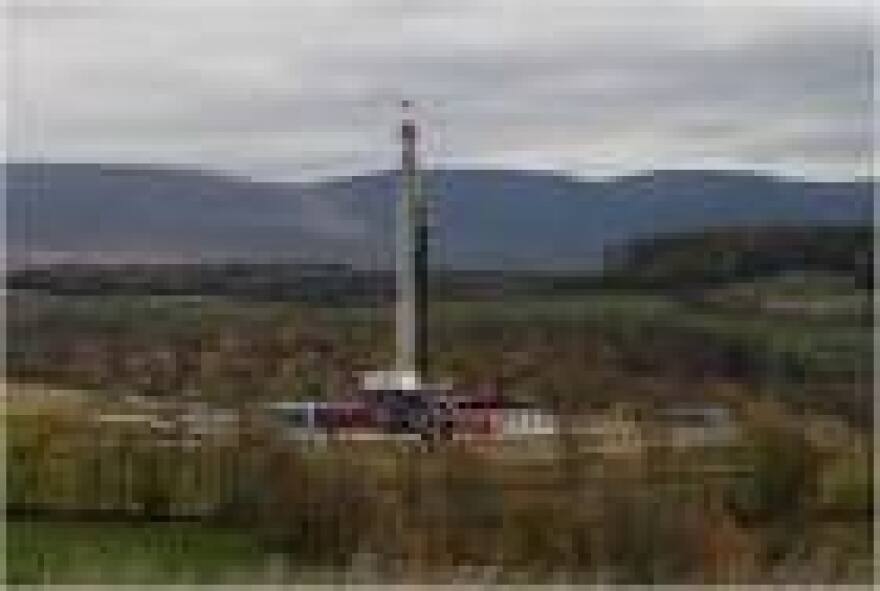State Lawmakers are split over a pair of plans to tax oil and gas drillers. Ohio Public Radio's Andy Chow reports.
There are two main proposals squaring off in the Statehouse to decide the future of
taxes on the oil and gas industry.
The current rate, also known as the severance tax, is extremely low compared to
other states and most parties agree that it must be increased to match the level of
business coming into Ohio with the proliferation of shale gas drilling.
However, groups differ on just how high that rate should go.
Republican Representative Matt Huffman has a bill that would bring the rate from
below 1% to 2.25% on the total gross receipts of drilling companies.
Gov. John Kasich's proposal, which was included in his budget update, brought the
severance tax rate up to 2.75%.
The Ohio Oil and Gas Association believes the governor's proposal is way too high
and continues to support the current House effort, although they were happier with
the original House proposal at 2%. Tom Stewart, the group's executive vice
president, says there's a big difference between plans.
Stewart: "People often ask me what's the difference between 2.0 and 2.75? Why are
you quibbling about that? We are quibbling about very, very large numbers."
Stewart claims an increase to the tax on business transactions, also known as the
Commercial Activities Tax (CAT), adds even more pressure on oil and gas companies.
As lawmakers hold hearings on these proposals, supporters of Kasich's plan have said
2.75% is well below other competitive drilling states. Stewart disputes this
argument and says there's no way of comparing Ohio to other states.
Stewart: "It's very difficult to compare severance rates among the various oil and
gas producing states because every state does it somewhat differently all of them
because of different reasons based on industry characteristics, geology, economics,
the whole thing. So to try and compare us to Texas is like trying to compare the
moon to the sun."
Policy Matters Ohio, a liberal-leaning think tank, believes both proposals are too
low. Wendy Patton, senior project leader for the group, says local communities need
more money from this tax in order to compensate the possible long-term effect of oil
and gas drilling.
Patton: "We are not raising the money from this important tax that we need to meet
the cost of impacted communities, to build opportunity for the state in the future,
a state that will not have these precious resources anymore and to provide for a
diversified economy after the boom goes bust."
Patton says both proposed rates are much lower when factoring built-in exclusions -
for instance both plans include reductions to the rate at the beginning
implementation.
Drilling and hydraulic fracturing, also known as fracking, have the ability to bring
about unpredictable problems such as spills and leaks. State researchers are
currently trying to figure out if a fracking well may have contributed to a series
of earthquakes near Youngstown.
Patton calls on the state to direct more money into an investment fund to account
for any possible issues.
Patton: "Think of the recent chemical spill in West Virginia. There were costs to
the state at providing water, of testing, of emergency response. We could face that
kind of emergency at any time we just need to be constantly aware, constantly
vigilant and it's prudent to have a savings fund in case there is an emergency."
Policy Matters wants the state to go into a regional agreement with Pennsylvania and
West Virginia, which calls on all three states to implement a 5% severance tax rate.
The governor's proposal was removed from his overall budget update, known as the
mid-biennium review. Instead his plan will be considered during the committee
process for Huffman's existing House bill.



